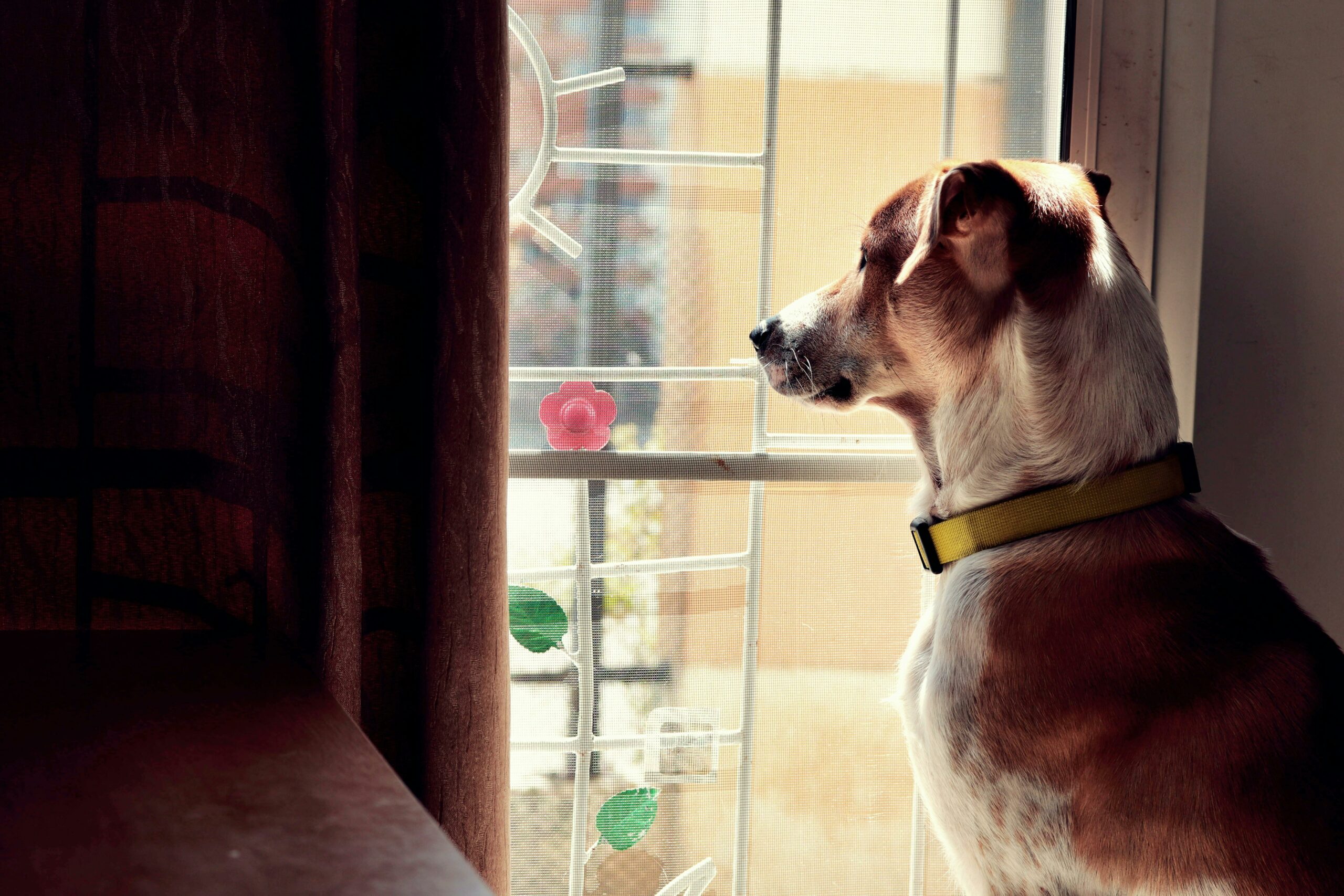
If you’ve ever noticed your dog eagerly waiting by the door just before you arrive home or anticipating mealtime down to the minute, you may have wondered—do dogs have a sense of time? Unlike humans, dogs do not perceive time using clocks or calendars, but research suggests they have an internal clock influenced by circadian rhythms, memory, and environmental cues. Understanding how your dog perceives time can help strengthen your bond and improve their well-being.
How Do Dogs Perceive Time?
Dogs do not experience time in the same structured way humans do, but they rely on biological and sensory indicators to form a perception of past and future events. Scientific studies suggest that dogs process time in the following ways:
1. Circadian Rhythms and Time Awareness
Circadian rhythms are natural 24-hour cycles that regulate biological processes such as sleep, hunger, and hormone release. Dogs, like humans, have internal clocks that respond to light and darkness, helping them maintain regular activity patterns.
2. Scent Decay and Time Estimation
Research suggests that dogs may gauge time through scent decay. A study by Alexandra Horowitz found that dogs rely on their keen sense of smell to detect the passage of time. As a scent diminishes throughout the day, dogs may associate the strength of a lingering scent with how long an individual has been absent.
3. Associative Memory and Routine Recognition
Dogs are highly attuned to routines. If they consistently receive food, walks, or attention at specific times, they learn to anticipate these events through associative memory. This means their dog sense of time is based on learned experiences rather than a conscious understanding of hours and minutes.
Can Dogs Tell the Difference Between Short and Long Durations?
While dogs lack the ability to count minutes or hours, research indicates they can distinguish between short and long intervals. A study published in Applied Animal Behaviour Science revealed that dogs react differently when left alone for 30 minutes versus two hours, displaying heightened excitement after longer separations.
1. Emotional Responses to Time Gaps
Dogs’ reactions upon reuniting with their owners suggest they perceive time emotionally. Longer absences often lead to more enthusiastic greetings, which may indicate that dogs experience a form of “time distress” when separated for extended periods.
2. Behavioral Changes Over Time
Owners often observe behavior shifts in their dogs when schedules change. For instance, if a pet owner starts working from home after being away for long hours daily, a dog may take time to adjust, indicating an expectation of routine.
How Dogs Anticipate Events
Dogs anticipate future events through behavioral conditioning and environmental cues. Their ability to predict mealtimes, walks, and even the arrival of household members is based on:
1. Environmental Cues
Dogs pick up on small details such as light changes, human activity, and even temperature fluctuations to predict events. For example, they may associate the sound of a car engine with an owner’s return.
2. Human Schedules and Social Cues
Many dogs adapt to their owners’ schedules by recognizing patterns. If an owner wakes up, showers, and then feeds the dog every morning, the pet learns to associate these actions with breakfast time.
3. Pavlovian Conditioning
Classical conditioning, first demonstrated by Ivan Pavlov, explains how dogs link one event with another. If an owner jingles a leash before every walk, the dog will learn that the sound signals an impending outing.
Do Dogs Experience Time Dilation or Acceleration?
The way dogs experience time may be different from humans. Some theories suggest that time moves “slower” for dogs due to their faster heart rates and higher metabolic rates compared to humans. This could explain why short separations feel longer to them, resulting in excited reunions even after brief periods apart.
Helping Your Dog Adapt to Time Changes
Understanding your dog’s sense of time can help you create a more structured and comforting environment. Here are some tips to help your pet adjust to time variations:
1. Maintain a Consistent Schedule
Feeding, walking, and playtimes should be as consistent as possible. This helps reduce anxiety and behavioral issues caused by unpredictable changes.
2. Use Environmental Enrichment
Toys, puzzles, and scent-based games can keep your dog engaged during periods of separation, making the time feel less distressing.
3. Gradual Transitions for Schedule Changes
If your work hours or daily routine change, gradually adjust your dog’s schedule to help them adapt. Slowly shifting mealtime or playtime by small increments can ease the transition.

Conclusion
The answer to “Do Dogs Have a Sense of Time?” is complicated. While dogs do not perceive time in the same way humans do, they have a remarkable ability to anticipate events through circadian rhythms, scent decay, and associative learning. Understanding how your dog experiences time can strengthen your bond and ensure a smoother routine for your furry companion. By recognizing their internal clock and adjusting your schedule accordingly, you can help provide them with a stable and enriching environment.
References
Circadian Rhythms – https://www.nigms.nih.gov/education/fact-sheets/Pages/circadian-rhythms#:~:text=Study%20Circadian%20Rhythms-,What%20Are%20Circadian%20Rhythms?,Temperature
Dogs Tell Time With Their Noses, Expert Says – https://www.akc.org/expert-advice/news/dogs-tell-time-with-their-noses-expert-says/#:~:text=Dogs%20can%20also%20tell%20who,they%20can%20detect%20what’s%20coming.
Separation Anxiety – https://www.aspca.org/pet-care/dog-care/common-dog-behavior-issues/separation-anxiety#:~:text=Moderate%20or%20severe%20cases%20of,many%20weeks%20of%20daily%20sessions.
How Good Is a Dog’s Memory? – https://www.petmd.com/dog/general-health/how-good-is-a-dogs-memory
Share this:
- Click to share on WhatsApp (Opens in new window) WhatsApp
- Click to share on Facebook (Opens in new window) Facebook
- Click to share on LinkedIn (Opens in new window) LinkedIn
- Click to share on Pinterest (Opens in new window) Pinterest
- Click to share on Tumblr (Opens in new window) Tumblr
- Click to share on X (Opens in new window) X
- Click to share on Reddit (Opens in new window) Reddit
- Click to share on Telegram (Opens in new window) Telegram
- Click to email a link to a friend (Opens in new window) Email
- Click to print (Opens in new window) Print






























